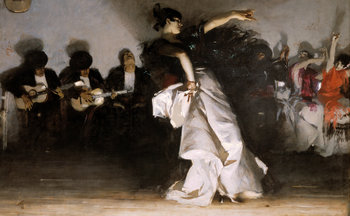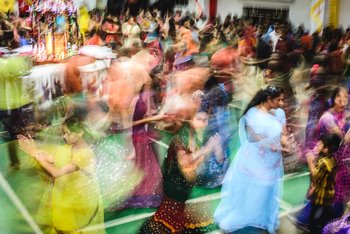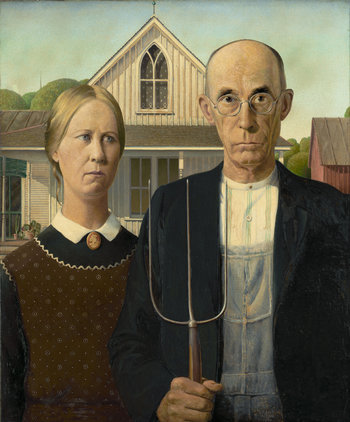
Architecture
Architecture is a major component of cultural heritage because buildings and other structures can survive for hundreds, and in some cases, thousands of years. Architectural styles vary widely by region and change a little with each passing decade. As such, architecture is often representative of a time and place.
Genius Loci
Genius loci is the spirit of a place. This can include any element of the build environment or nature surrounds of a location. For example, the urban design of a neighborhood can be viewed as cultural heritage if it has some unusual characteristics that people value.
Stories
Stories including traditional myths, legends and remarkable works of fiction.
Knowledge
Traditional knowledge and the intellectual history of a people.
Belief
Traditional beliefs may be firmly held as true or may be valued as element of culture without being viewed as literal truths.
Art
Art has the ability to capture a historical moment with rich textures of emotion, symbolism and storytelling. As such, it often provides a window into the history of a culture.
Music
Traditional songs and music related traditions.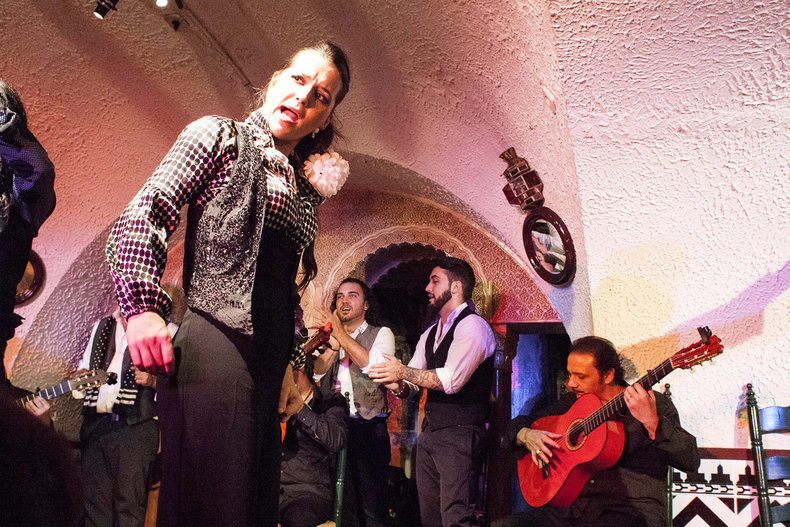
Performance Art
Performance art such as a traditional dance.
Language
Language is a foundational element of traditional culture that represents a way of thinking and communicating.
History
Artefacts, places and buildings related to important historical events.
Fashion
Traditional fashion including everyday, formal and ceremonial dress.
Observances & Celebration
Traditional holidays, rites of passage, festivals, rituals, carnivals and celebrations.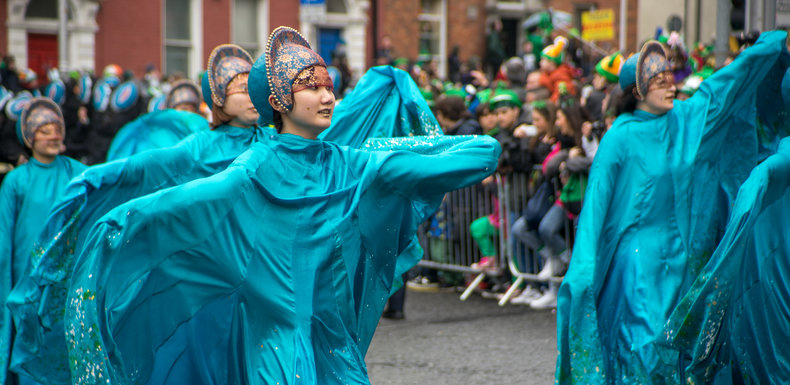
Sports & Games
Traditional sports and games that allow for the pursuit of competition, comradery, self-improvement, risk taking and strategic thinking. Interestingly, sports and games often exist at the level of super culture such that they represent a shared cultural heritage at the global level.
Pastimes
Pastimes such as a city with a rich culture of nightlife, play or community activities.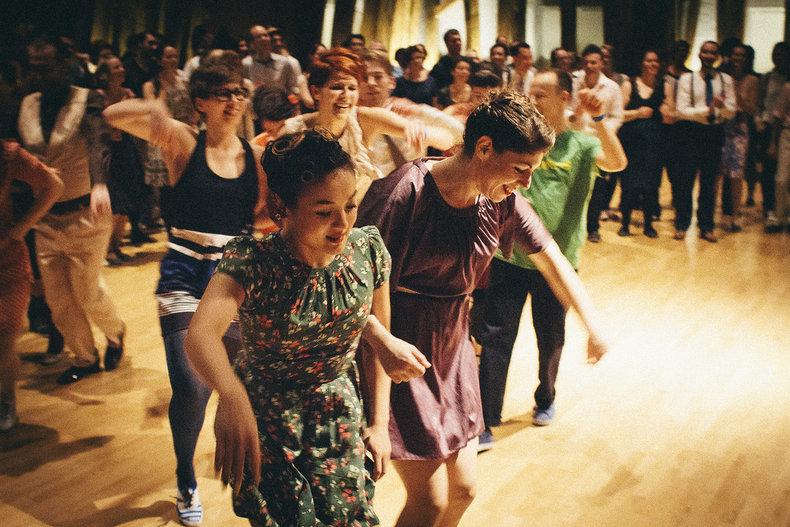
Design
The design of things that become representative of a time and place and traditional designs that remain much the same from one generation to the next.
Craft
Craftsmanship such as a luthier who produces string instruments according to longstanding traditions.
Institutions
Certain institutions that have endured over time to become a unique element of a culture. For example, a high school or university with a history spanning hundreds of years such that it has an unusually rich school culture.
Food Heritage
Food related traditions including distinctive ingredients, techniques, dishes and dining rituals. Food heritage also includes traditional farming practices, cultivars, appellations and terroirs. It can also include restaurants that have survived for many generations and restaurant traditions such as street food.
Notes
Institutions that seek to recognize and preserve cultural heritage are often focused on high culture such that the term is associated with elitism. For example, a city that spends hundreds of millions maintaining old palaces while regular people have a lack of housing options. It should be noted that high culture can often produce significant and sustainable tourism revenue that may greatly benefit a city.| Overview: Cultural Heritage | ||
Type | ||
Definition | What remains of historical culture that still has value to living culture. | |
Related Concepts | ||


























